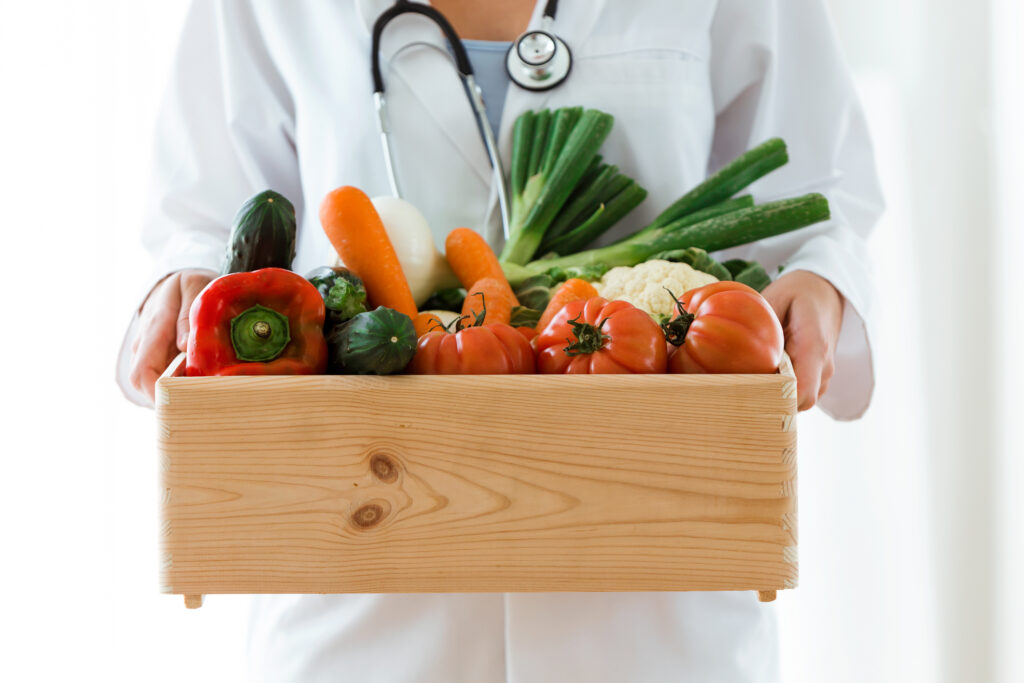 From a health perspective, coffee has turned a corner and is now increasingly recognized as a healthful drink. In addition to being an antioxidant, it’s also linked to decreasing risk for Parkinson’s disease,protecting against type 2 diabetes, improvingheart health, and lowering rates of depression in women.
From a health perspective, coffee has turned a corner and is now increasingly recognized as a healthful drink. In addition to being an antioxidant, it’s also linked to decreasing risk for Parkinson’s disease,protecting against type 2 diabetes, improvingheart health, and lowering rates of depression in women.
Despite these exceptional health outcomes, there is nothing in this world so wonderful that we can’t come along and totally screw up. And coffee is a great example. Here are three common ways you’re undermining the benefits of this most deliciously healthy beverage:
1. You’re adding milk, which decreases your body’s absorption of the nutrients.
The most potent of coffee’s polyphenols is called chlorogenic acid, which is an antioxidant and is also strongly anti-inflammatory. In other words, these polyphenols in coffee can help douse the inflammation in your body that is associated with everything from cancer, heart disease, diabetes, arthritis, depression, to even Alzheimer’s. Its antioxidant action can also help by reducing disease-causing free radicals in the body.
For these effects to take place, obviously your body must absorb those polyphenols first. However, adding dairy to your morning java decreasesyour body’s ability to absorb chlorogenic acid. This is likely due to the fact that milk proteins like casein really like to bind to polyphenols. Once bound, your body is not able to absorb them as well, and then they can’t do you as much good.
So if you want to downgrade your morning cup of health prevention from Really Good to just So-So, just add milk.
2. You add sugar, which encourages cravings.
I spoke to a woman who told me, with a totally straight face, that she put six packets of sugar in her coffee every morning. The calorie content of normal coffee is just a few calories, meaning that this sugar just added aton of calories. And it’s not just her—adding gratuitous amounts of sugar to coffee is now quite common. A medium-size cup of the popular caramel macchiato (with its vanilla syrup and caramel) weighs in at 280 calories. Like you need roughly 15 percent of your calorie allotment for the entire day in one morning cup!
Worse, though, the consumption of sugar can increase cravings for sweets in the short term (through the overproduction of insulin, which creates hypoglycemia, leaving you tired and hungry in about an hour and a half). In the long term, sweetened foods also habituate sensory receptors to that level of sugar, so you crave more of it more often. By contrast, the consumption of plain coffee may help lower the amount of food consumed at meals.
So if you want to turn your coffee from something that helps you control calories into something that adds calories—and then creates the short- and long-term cravings for even more calories—you can definitely do that. Just add sugar.
3. You’re drinking too much.
An element of coffee that raises your bad cholesterol (the LDL, which can contribute to artery disease and heart attacks) is present in some coffees but not others. Diterpenes such as cafestol and kahweol are both present in the oil contained within the coffee bean, and these can increase your total cholesterol and LDL levels.
The bad news is that the way coffee is brewed turns out to increase the level of diterpenes, and the highest levels are unfortunately found in the better-tasting brewing methods. French Press coffee, for example, has 7.9 mg per cup; Turkish coffee contains 7.8 mg per cup; and espresso produces a level of diterpenes at 3.3 mg per cup. By contrast, the lowest levels are found in more pedestrian brewing methods like instant (0.4 mg per cup), filtered coffee (0.2 mg per cup), and percolated (0.2 mg per cup).
The good news is that to coffee-up your cholesterol to any extent, you would need five cups of that French press or Turkish mud coffee every day. And I know that it’s possible, now that there are colossal swimming-pool sizes available, but, fortunately, most people going for quality are not also going for quantity.
So if you want to increase your coffee-induced bad cholesterol levels, just drink it by the bucket—and then add more!


